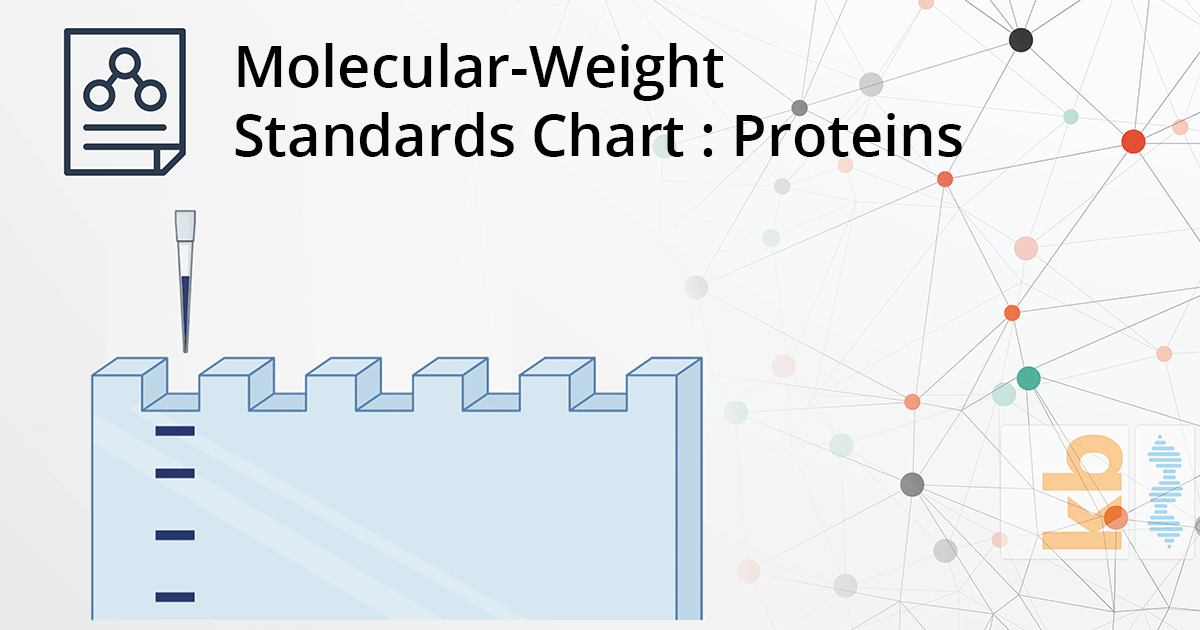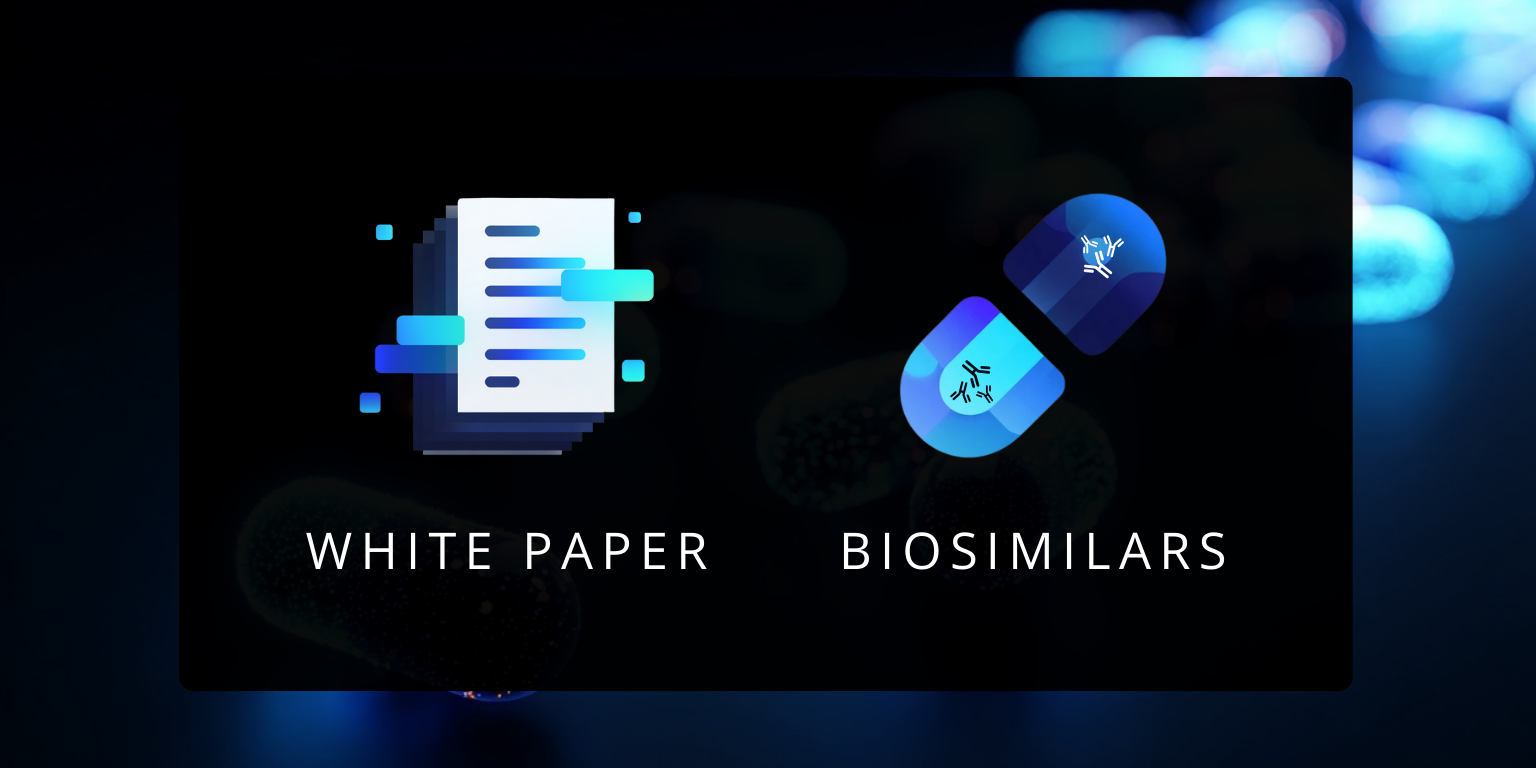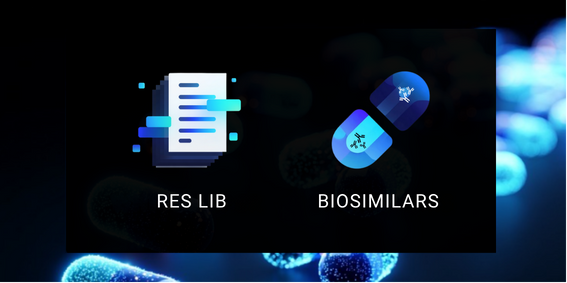Molecular-Weight Standards Chart : Proteins
L L • June 16, 2019

Molecular-Weight Standards Chart : Proteins
The Reference Proteins as Molecular-Weight Standards
| Protein | Molecular Weight (kDa) | |||
|---|---|---|---|---|
| Relative | Calculated | Native | ||
| Thyroglobulin | 340 | -- | 660.0/19S | |
| Myosin | 205 | -- | 470 | |
| Myosin | 21 | -- | -- | |
| Myosin | 19 | -- | -- | |
| Myosin | 17 | -- | -- | |
| α2-Macroglobulin | 170 | 160.8 | 820.0/19S | |
| β-Galactosidase | 116 | 116.6 | 540 | |
| Phosphorylase-b | 94 | -- | -- | |
| Phosphorylase-a | 92.5 | 370 | ||
| Transferrin | Human | 80 | 75.2 | 80 |
| Serum albumin | Bovine | 68 | 66.3 | 68 |
| Catalase | Bovine Liver | 60 | 57.6 | 230 |
| Pyruvate kinase | Muscle | 57 | -- | -- |
| IgG | Heavy Chain | 55 | -- | 150 |
| IgG | Light Chain | 22 | -- | -- |
| Glutamate dehydrogenase | 53 | 55.6 | -- | |
| Leucine aminopeptidase | 53 | 51.7 | 300 | |
| Fumerase | 49 | -- | 200 | |
| Ovalbumin | 45 | 42.8 | -- | |
| Alcohol dehydrogenase | Liver | 41 | 39.6 | 80 |
| Aldolase | Rabbit muscle | 40 | 39.2 | 160 |
| Creatine kinase | Rabbit muscle | 40 | 43.1 | 80 |
| Alcohol dehydrogenase | Yeast | 36 | 36.7 | -- |
| Glyceraldehyde phosphate dehydrogenase | 36 | 35.9 | -- | |
| Lactate dehydrogenase | Pig | 36 | 36.5 | 140 |
| Tropomyosin | Rabbit | 36 | 32.8 | 65 |
| Pepsinogen | Pig | 35 | 39.5 | -- |
| Carbonic anhydrase | 29 | 29.3 | 180 |

This article explores the complexities of biosimilars, including their development process, regulatory challenges, economic impact, and future prospects. It highlights the potential of biosimilars to reduce healthcare costs and increase patient access to biologic therapies, providing valuable insights for biopharmaceutical and academic researchers.














